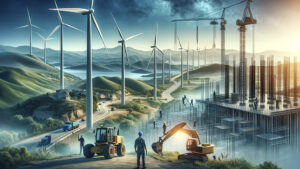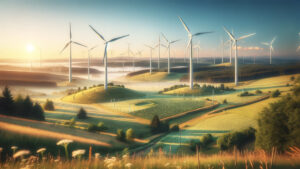 Is building a wind farm a piece of cake?
Is building a wind farm a piece of cake?
Embarking on the construction of a wind farm in Poland is a challenge, but also an opportunity for a green revolution. Understanding the Renewable Energy Sources Act and benefits from Special Economic Zones, which provide incentives for investors, is the first step towards a sustainable future.
Where to place a turbine to avoid trouble?
Location is key to success and neighborly peace. Factors like distance from residential buildings, nature conservation, and landscape protection require close scrutiny. The 10H rule mandates that a wind turbine must be situated at least ten times its height away from homes. Though restrictive, it encourages creative planning!
Setting sails with the law!
Navigating administrative procedures may seem daunting, but with proper preparation, they can become manageable. Building permits, environmental impact assessments, and community consultations are steps requiring patience and accuracy. Each document brings us closer to powering Poland with clean energy.
Financing – how to find support in a sea of opportunities?
Securing funding can resemble navigating open seas. However, with knowledge of EU support programs, national funds, and favorable loans, reaching the goal is achievable. Auction systems for renewable energy sources can significantly reduce investment costs.
Sustainable development and social acceptance
Wind farms are about more than just turbines; they also involve the people around them. Building relationships with the local community, being transparent, and actively listening are crucial for a long-lasting and accepted investment. Wind energy is meant to serve everyone, after all.
Conclusion: With or against the wind?
Constructing a wind farm in Poland is a challenge, but with the right approach, it becomes an exciting journey. Regulations and policies guide us through the bureaucracy towards a green future. Every step brings us closer to our goal of clean, renewable energy. Are we ready to take on this challenge?


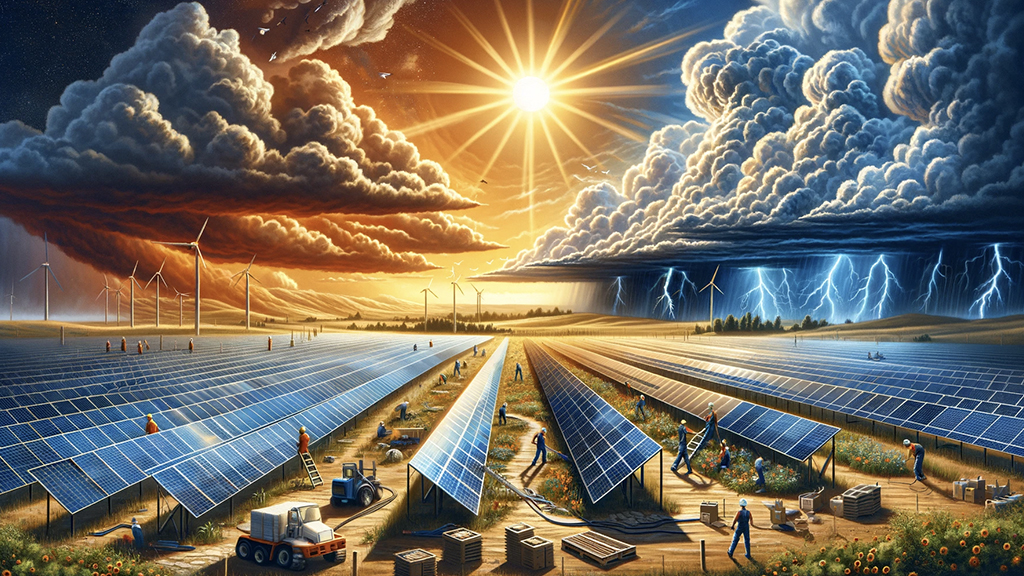
 Introduction to Risk Management in Photovoltaic Farms
Introduction to Risk Management in Photovoltaic Farms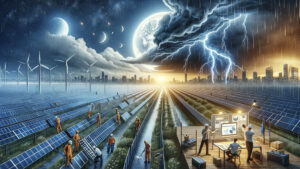 Technical Aspects of Building PV Farms
Technical Aspects of Building PV Farms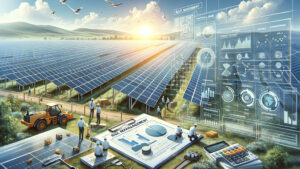 Summary: Balancing Risk and Efficiency
Summary: Balancing Risk and Efficiency
